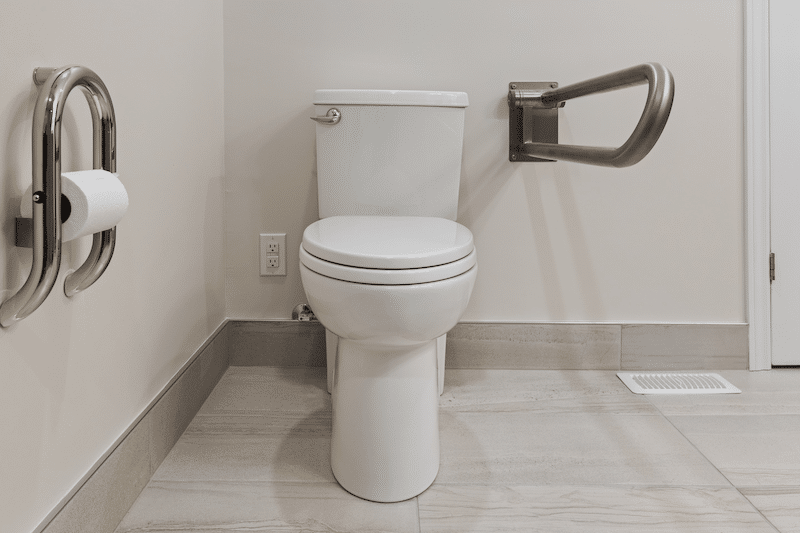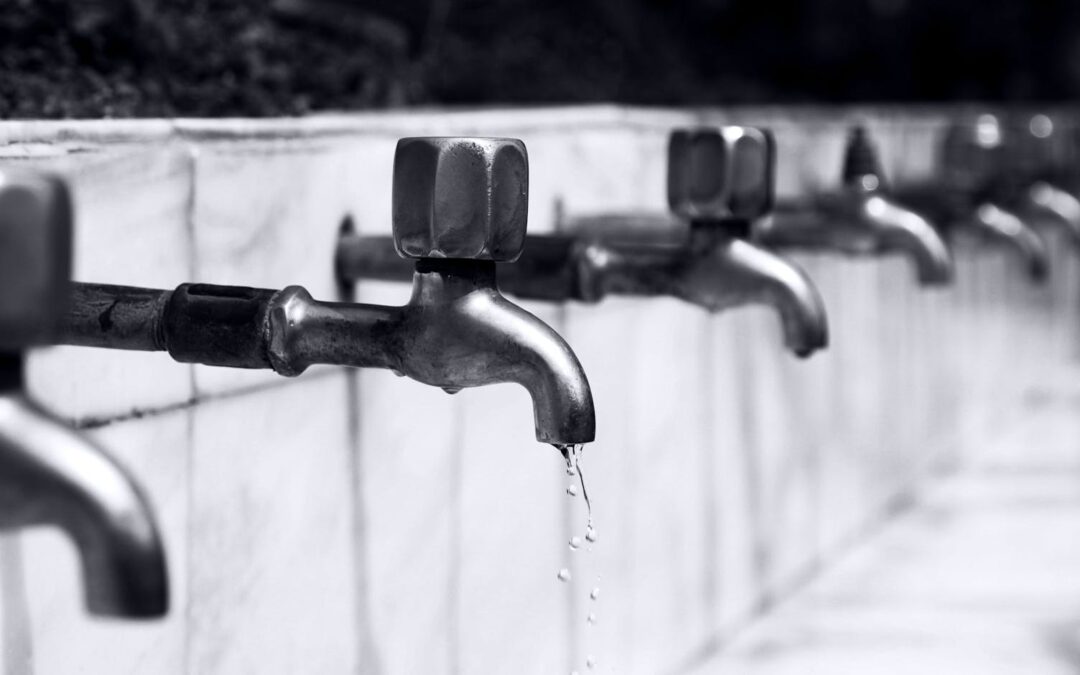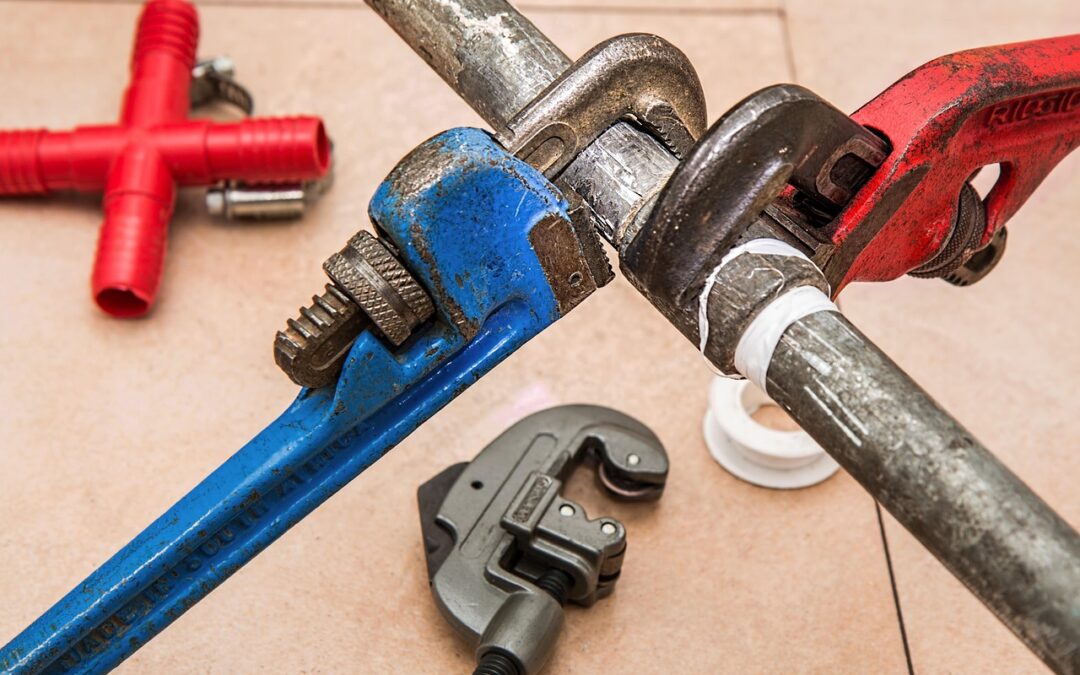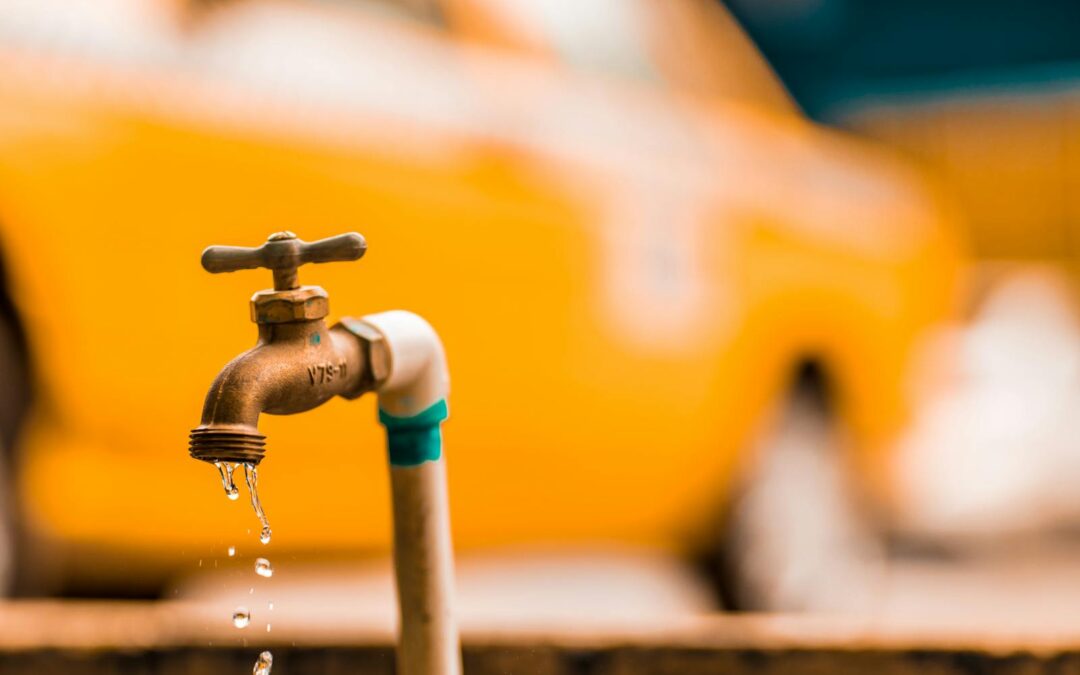We know our toilets are something we use on a daily basis, but have you ever wondered how they work? Toilet plumbing is actually quite simple and straightforward – once you understand the basics.
In this blog post, we will explain everything you need to know about toilet plumbing, so you can understand how your own toilet works. We’ll also provide some tips on troubleshooting common problems. Keep reading to learn more!
How Does A Toilet Work?
A toilet’s two primary components are the tank and bowl. The bowl contains water and connects to waste drains meant for disposing of wastewater and feces out of the bathroom. The tank, which hangs behind the bowl, holds back water for refilling the bowl as well as flushing cleaning water into the tank-to-bowl connection.
Schedule Service Online
Get a free estimate so you know what you're signing up for
"*" indicates required fields
For Emergency Services Call: 410-255-9300
A ballcock—connected to the water supply—controls water delivery to the tank. When somebody flushes and the tank’s rapidly-dropping water level approaches bowl-level, pressure from wastewater causes it to go down the drain. A float, ball, or pressure gauge senses this decrease in water level and triggers the ballcock accordingly so that it can refill the tank.
What Is A Toilet Flapper Valve?
When a conventional toilet is flushed, water from the tank rushes into the bowl through an orifice known as the flush valve. This valve is plugged with a stopper called a tank ball before you trip the lever.
The valve and the flapper together are referred to as the flapper valve. The lever lifts the rubber off of the valve, causing a sudden release of water into the toilet bowl when tripped! A flush valve is 2 1/2 inches in diameter, as is the ball-shaped part of the flapper.
The flapper hinges onto the vertical overflow pipe next to the valve while a small chain connects it to the trip lever. The advantage of a rubber flapper over the earlier stoppers is that it has fewer parts that can become jammed or stuck, so it’s less likely to let the tank “run” or leak into the bowl.
Types Of Toilet Systems
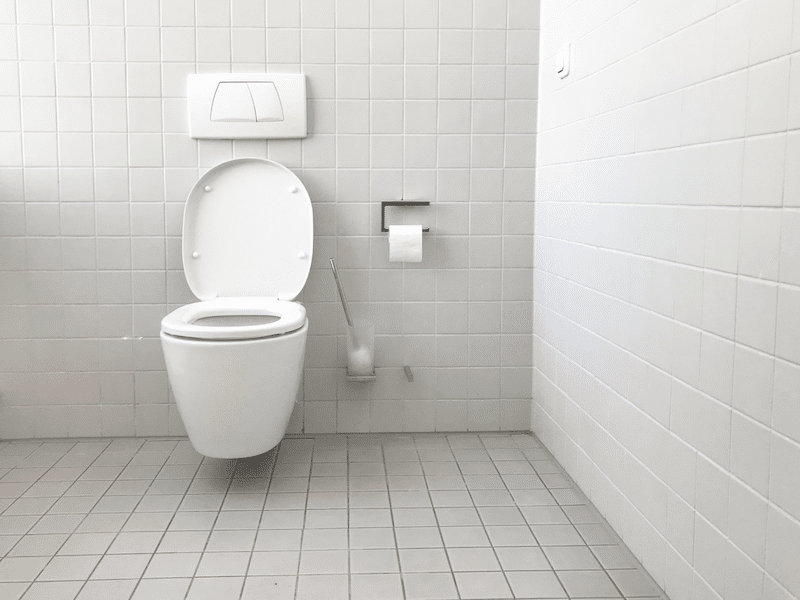
There are different types of toilet systems, and these systems determine the type of toilet plumbing that is installed. The most common types of toilet systems include:
Gravity-Flush Toilets
This is the most common type of toilet, and it uses gravity to flush waste from the bowl. Here, the toilet tank holds water that drops into the toilet bowl whenever you flush. The water pressure then pushes all the waste through the trap way. Gravity-flush toilets are silent, have fewer toilet parts, and are easier to maintain. Also, you may never get a clogged toilet with Gravity-flush, except in odd cases.
Pressure Assisted Toilets
This type of toilet uses a pump to force water into the bowl. The pump is usually located in the tank, and it helps to increase the water pressure. This increased pressure then forces all the waste through the trap way. Pressure-assisted toilets are often noisy and have more parts that can break down. Also, they may require more maintenance than Gravity-flush toilets.
Vacuum Assisted Toilets
The Vacuum-assisted toilet uses a vacuum to suck wastes out of the toilet bowl into the sewer line. Vacuum-assisted toilets are often used in commercial buildings because they are very effective and can flush large amounts of waste at once. However, they are also very noisy.
Dual Flush Toilets
Dual flush toilets have two buttons or levers that allow you to choose between a full flush and a half flush. A full flush is used for solid waste, while a half flush is used for liquid waste. Dual flush toilets are becoming more popular because they save water.
Waterless Toilets
Waterless toilets do not use any water to flush waste. Instead, they use various methods to dispose of waste. These toilets are often used in camping and RVing because they do not require a water hookup.
Composting Toilets
Composting toilets use bacteria and moisture to break down solid waste. The waste is then stored in a chamber where it can be used as fertilizer. Composting toilets are often used in remote locations because they do not require water or electricity.
Double Cyclone Toilets
Double cyclone toilets have two traps that help to remove waste from the bowl. The first trap is located at the bottom of the bowl, and it collects all the solid waste. The second trap is located at the top of the bowl, and it collects all the liquid waste. Double cyclone toilets are often used in commercial buildings because they are eco-friendly at removing waste and saving water bills. However, they are not as water-efficient as dual flush toilets.
Tools Needed For Toilet Plumbing
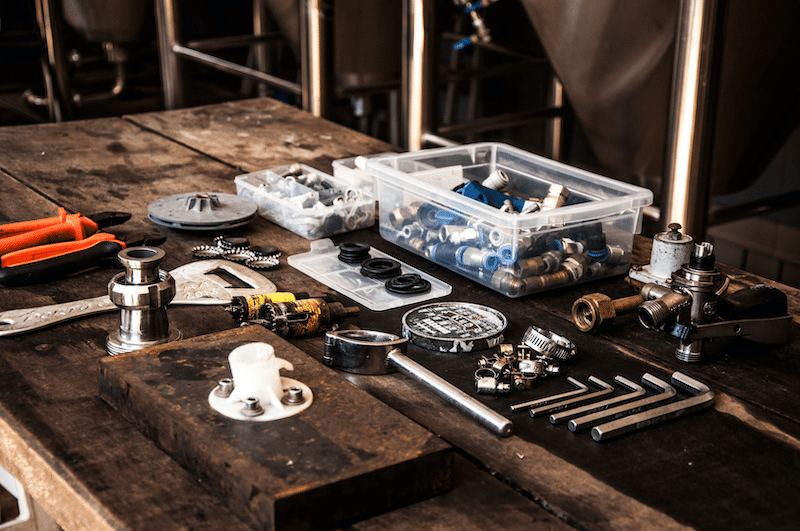
The tools needed for toilet plumbing vary depending on the type of project you are doing. The following is a list of the most common tools required for toilet plumbing:
- Sink auger
- Toilet auger
- Toilet Flange plunger
- Channel-type pliers
- Faucet-Valve wrench
- Adjustable pipe wrench
- Faucet packing, Washers, and O-rings
- Tubing cutter
- Drain snake
- Caulk gun
- Propane torch
- Pipe and tube bender
- Putty knife and Hacksaw
- Metal file
- Pipe Extractor
Toilet Plumbing Installation Steps
Now that you know the different types of toilet systems and what tools you need, it’s time to learn how to install toilet plumbing. The following is a step-by-step guide on how to install a toilet.
Turn Off The Water Supply
The first step is to turn off the water supply to your home. This can be done by turning off the main water valve or shutting off the power to your home. Turning off the power is the best option because it will prevent any water from entering your home and causing damage.
Drain The Tank And Toilet Bowl
Once the water is turned off, you can now drain the tank by flushing the toilet until all the water is gone. Once the tank is empty, remove the lid and set it aside.
Remove Old Components
Now that the tank is empty, you can remove the old components. Begin by unscrewing the bolts that hold the tank to the bowl. Once the tank is removed, flush the toilet to drain any water from the bowl. Next, remove the bolts that secure the bowl to the floor. You may need a hacksaw to cut through the bolts if they are corroded.
Install New Components
Now it’s time to install the new components. Start by attaching the new bowl to the floor using the bolts that came with it. Next, attach the tank to the bowl and tighten all the bolts. Finally, turn on the water supply and flush the toilet to test it.
How To Repair A Toilet
If you have a toilet that is not flushing properly, there are a few things you can do to fix the problem. The following is a list of the most common toilet problems:
Check The Flapper Valve
The flapper valve is located at the bottom of the tank and controls the flow of water from the tank to the bowl. If this valve is not working properly, your toilet might not flush properly. To check if this is the problem, lift the flapper valve and see if the water flows. If not, the flapper valve needs to be replaced.
Check The Water Level In The Tank
If the water level in the tank is too low, it will not flush properly. The water level should be at least half an inch above the overflow tube. To check the water level, flush the toilet and then check the tank. If the water level is low, you’ll need to adjust the float.
Check The Tank Bolts
If the tank bolts are loose, it will cause your toilet to leak. To check if this is the problem, flush the toilet and check for leaks around the tank’s base. If you see any leaks, you must tighten the tank bolts.
Call A Plumbing Professional
If you still have problems with your toilet, it is best to call a plumbing professional. They will be able to diagnose the problem and fix it quickly.
Need The Best Professional Plumbing Services?
Although we encourage DIY toilet plumbing, it is better to get a professional plumbing company to do it for you. This is because a professional plumbing company has the experience and tools to install your toilet plumbing properly.
If you are looking for the best professional plumbing services, look no further than MD Sewer Plumbing Services. We are plumbing professionals who have provided reliable sewer and plumbing services in Pasadena, Glen Burnie, Linthicum, Annapolis, Baltimore, and surrounding areas since 1985.
We have the latest tools and equipment to handle any repair or maintenance job. And our team of highly skilled and licensed professional plumbers is always available to offer 24/7 emergency service for our wonderful clients. Kindly contact us today for all your plumbing needs and access amazing discounts on our already affordable services.

